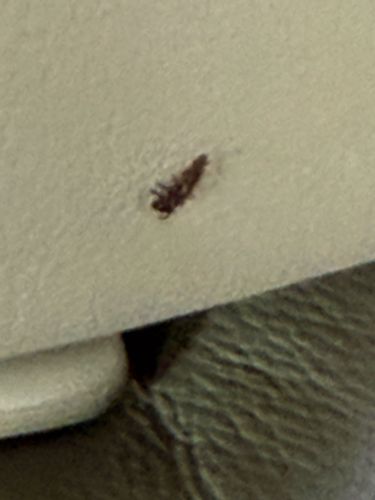Bed Bug
Scientific Name: Cimex lectularius
Order & Family: Hemiptera (true bugs), Cimicidae
Size: 4-5 mm (adults), about the size of an apple seed.

Natural Habitat
Primarily human dwellings (beds, mattresses, cracks in walls, furniture), hotel rooms, public transportation.
Diet & Feeding
Exclusively blood-feeders, primarily on humans, but also on other warm-blooded animals if humans are not available.
Behavior Patterns
Nocturnal, typically feeding at night while hosts are asleep. They are attracted to warmth and carbon dioxide. They lay eggs in secluded places and go through several nymphal stages before reaching adulthood. They are adept at hiding.
Risks & Benefits
Risks: Bed bugs are considered nuisance pests. Their bites cause itchy welts, skin irritation, and can lead to secondary infections from scratching. They can cause psychological distress (anxiety, insomnia). While not known to transmit diseases, their presence is a significant public health pest issue. Benefits: None known to humans or the ecosystem.
Identified on: 10/3/2025